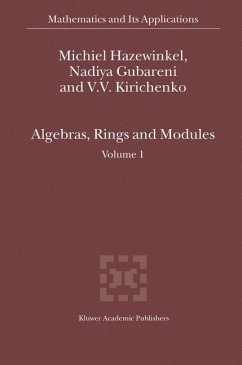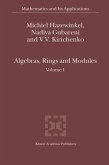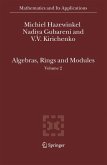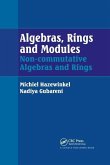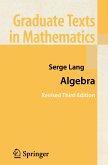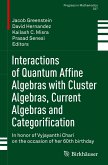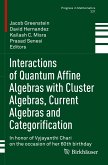Accosiative rings and algebras are very interesting algebraic structures. In a strict sense, the theory of algebras (in particular, noncommutative algebras) originated fromasingleexample,namelythequaternions,createdbySirWilliamR.Hamilton in1843. Thiswasthe?rstexampleofanoncommutative¿numbersystem¿. During thenextfortyyearsmathematiciansintroducedotherexamplesofnoncommutative algebras, began to bring some order into them and to single out certain types of algebras for special attention. Thus, low-dimensional algebras, division algebras, and commutative algebras, were classi?ed and characterized. The ?rst complete results in the structure theory of associative algebras over the real and complex ?elds were obtained by T.Molien, E.Cartan and G.Frobenius. Modern ring theory began when J.H.Wedderburn proved his celebrated cl- si?cation theorem for ?nite dimensional semisimple algebras over arbitrary ?elds. Twenty years later, E.Artin proved a structure theorem for rings satisfying both the ascending and descending chain condition which generalized Wedderburn structure theorem. The Wedderburn-Artin theorem has since become a corn- stone of noncommutative ring theory. The purpose of this book is to introduce the subject of the structure theory of associative rings. This book is addressed to a reader who wishes to learn this topic from the beginning to research level. We have tried to write a self-contained book which is intended to be a modern textbook on the structure theory of associative rings and related structures and will be accessible for independent study.
Hinweis: Dieser Artikel kann nur an eine deutsche Lieferadresse ausgeliefert werden.
Hinweis: Dieser Artikel kann nur an eine deutsche Lieferadresse ausgeliefert werden.
From the reviews: "This is the first of two volumes which aim to take the theory of associative rings and their modules from fundamental definitions to the research frontier. The book is written at a level intended to be accessible to students who have taken standard basic undergraduate courses in linear algebra and abstract algebra. ... has been written with considerable attention to accuracy, and has been proofread with care. ... A very welcome feature is the substantial set of bibliographic and historical notes at the end of each chapter." (Kenneth A. Brown, Mathematical Reviews, 2006a) "The authors concentrate on the representation theory (of groups, algebras, posets ...) and on the structure of some special rings. ... The book is written on a level accessible to advanced students who have some experience with algebra. ... Interesting historical comments and references close each chapter. A list of references for further reading is providing at the end of the book." (Stanislaw Kasjan, Mathematical Reviews, Issue 2009 b)

